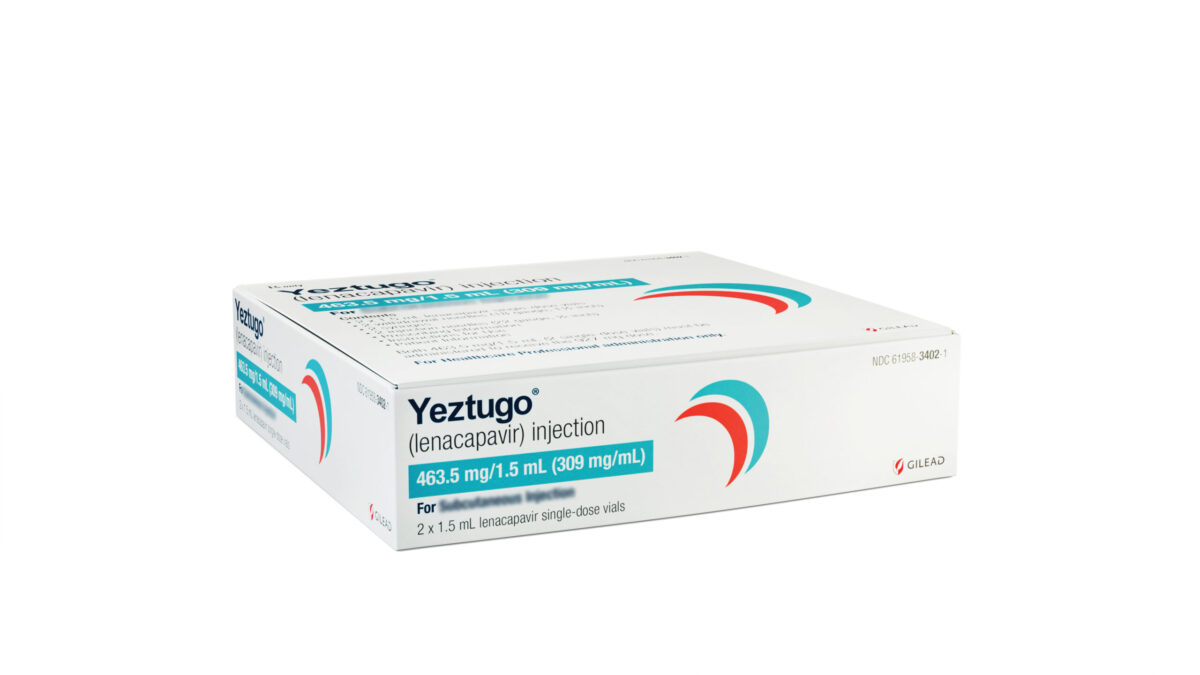Researchers from the Massachusetts Institute of Technology (MIT), in collaboration with those from the Mayo Clinic, have published a study on the potential impact of including patient preferences in the traditional clinical trials process, on drug approvals in the oncology space. The research – published in the journal, JAMA Oncology – suggests that using the statistical approach could increase the number of new drugs approved, especially for conditions for which no currently therapies are available.
“Randomized clinical trials—where patients are assigned randomly to two groups, one receiving a new treatment and the other receiving a placebo—are the gold standard for determining the safety and effectiveness of a treatment,” said Dr. Andrew Lo, Professor of Finance at MIT and the study’s senior author. The treatment must show efficacy over the placebo in order to be approved by regulators.
While this approach has long been successful at keeping ineffective and unsafe drugs from reaching the hands of patients, Lo and his colleagues propose an alternative approach for clinical trials. By accounting for patient preferences during the drug approval process, Lo says the time to market for a new drug could be accelerated.
Lo and his team aimed to increase patient-centricity in clinical trials by redefining how a significant improvement in a study is measured. Right now, the tolerated risk of a false positive result in a clinical trial is 2.5 percent. However, Lo and his colleagues believe that this number should vary based on the disease for which a drug is being tested.
For example, patients with glioblastoma or pancreatic cancer – two forms of the disease with few treatment options and high mortality rates – may be willing to take a larger risk of a false positive, because they are likely to die of their disease. On the other hand, a patient with diabetes already has many options available to manage their condition, which could make them less likely to take a risk.
Using a branch of statistics known as Bayesian Decision Analysis, the researchers created a formula to determine the optimal risk of false positives for a number of diseases and conditions. The calculation takes into account key information, including the severity of the disease, the number of patients with the condition, and the value of a treatment option for that patient community.
For example, the optimal risk of false positives for colon cancer was calculated to be 2.3 percent, which aligns with the current standard value of 2.5 percent. However, the glioblastoma optimal risk was calculated to be a whopping 47.5 percent, due in part to the fact that the median survival time for the cancer is just two to three years.
“The FDA already takes into account the urgency of unmet medical needs through a number of programs and processes; our proposed framework will allow them to incorporate the patient perspective directly into their decisions in an objective, systematic, transparent, and repeatable manner,” said Lo. “Terminal patients simply can’t afford to miss effective drugs that can extend their lives.”
The study authors have provided open-source software to allow others to calculate risk preferences for a given disease or condition. While they admit that this approach could lead to increased approval of drugs with side effects, they recommend implementing a short term conditional approval category to allow regulators and pharmaceutical companies to monitoring the safety and effectiveness of a drug, before it’s granted full market approval.












Join or login to leave a comment
JOIN LOGIN